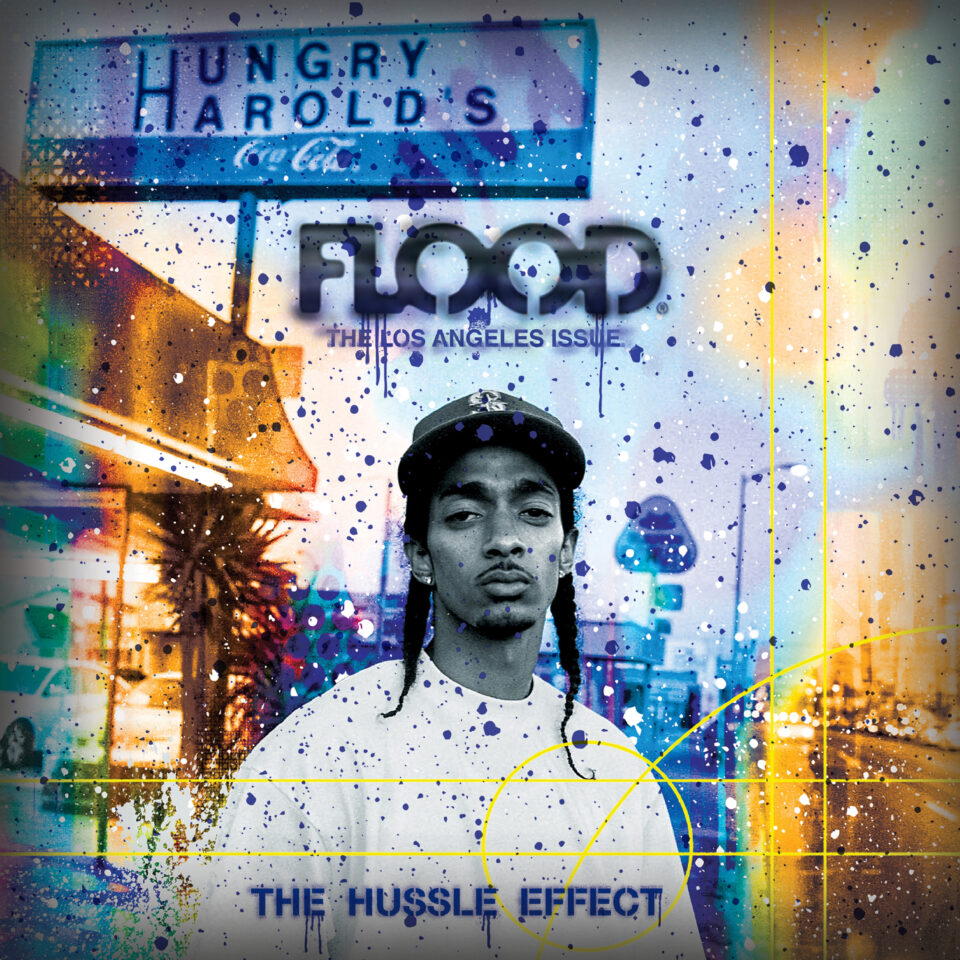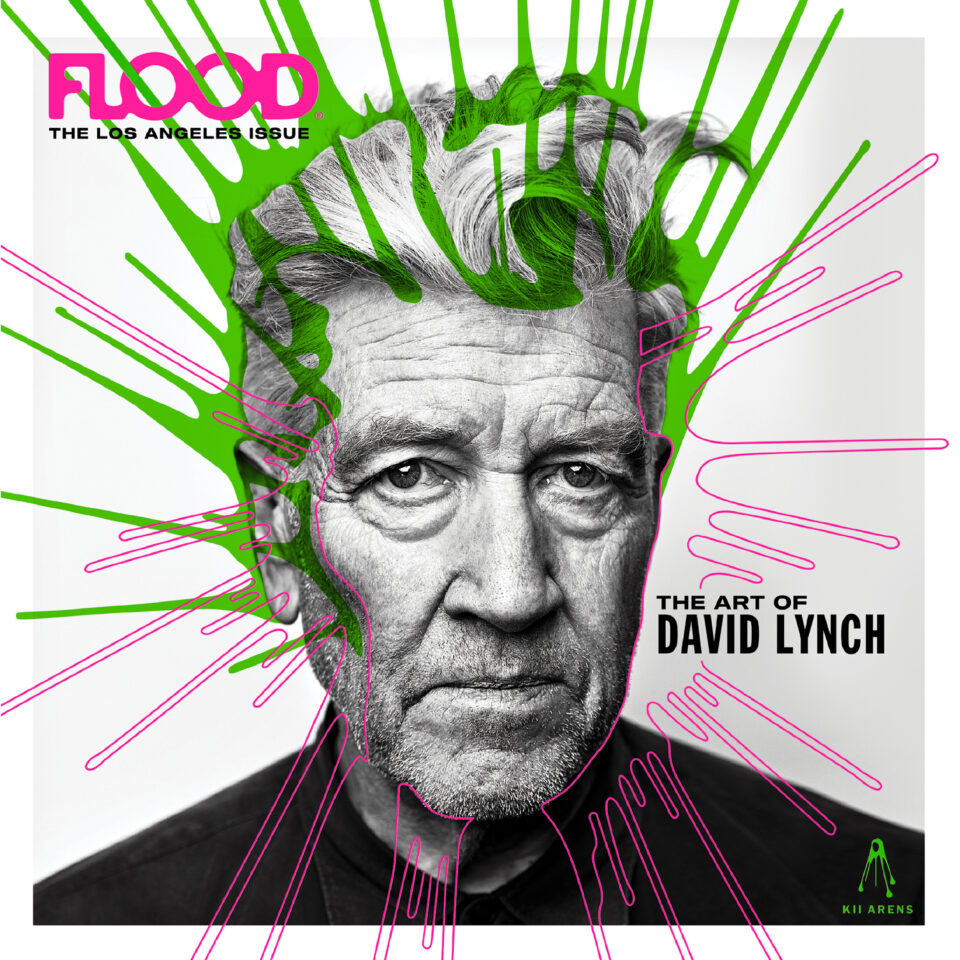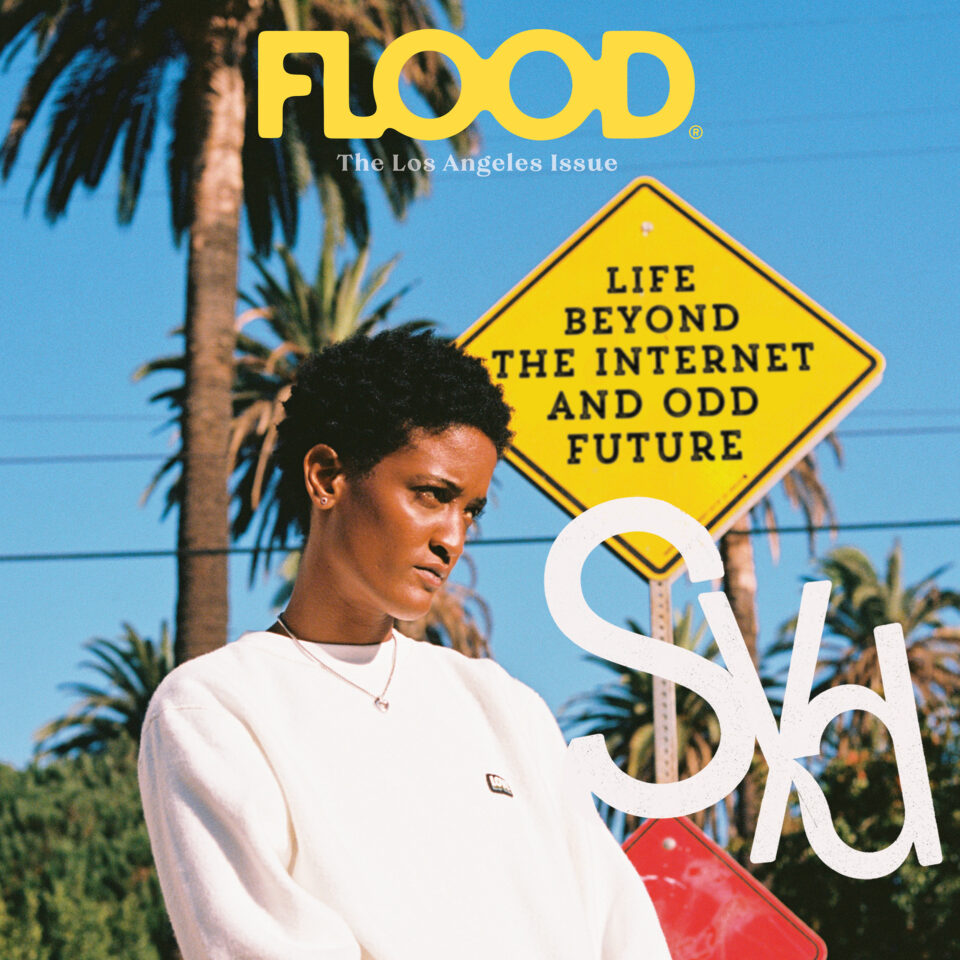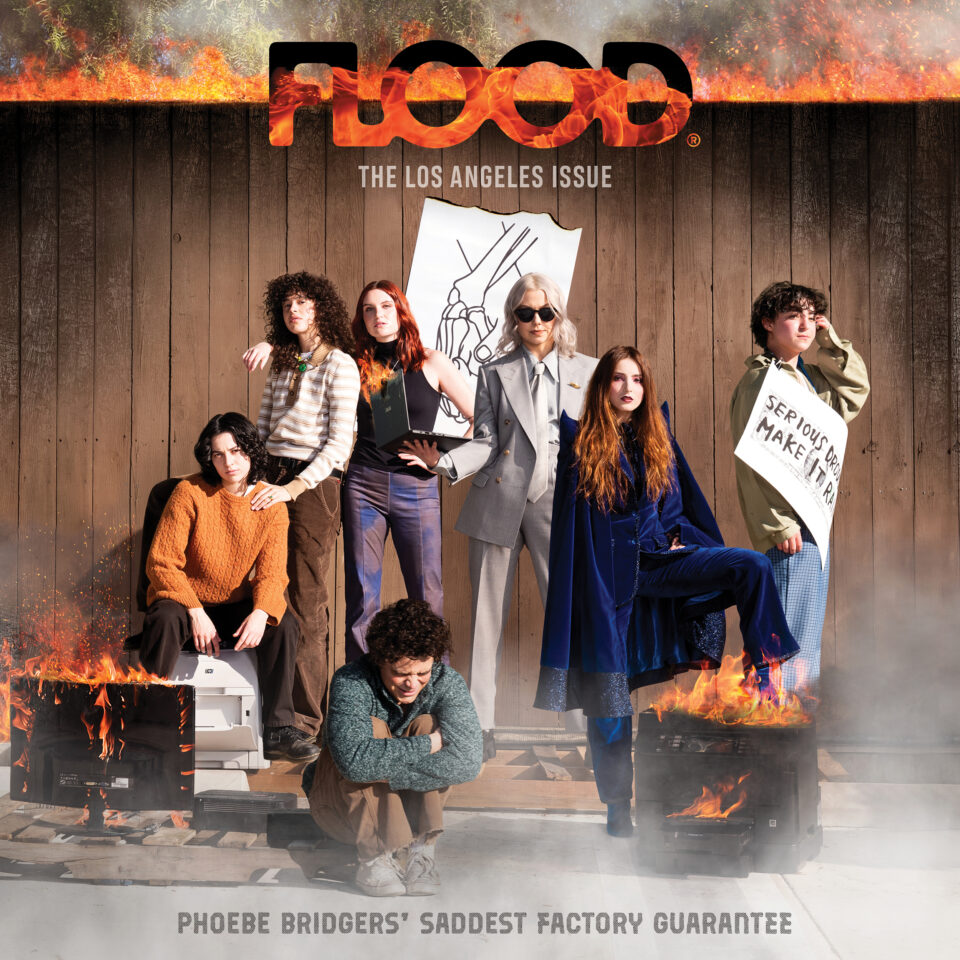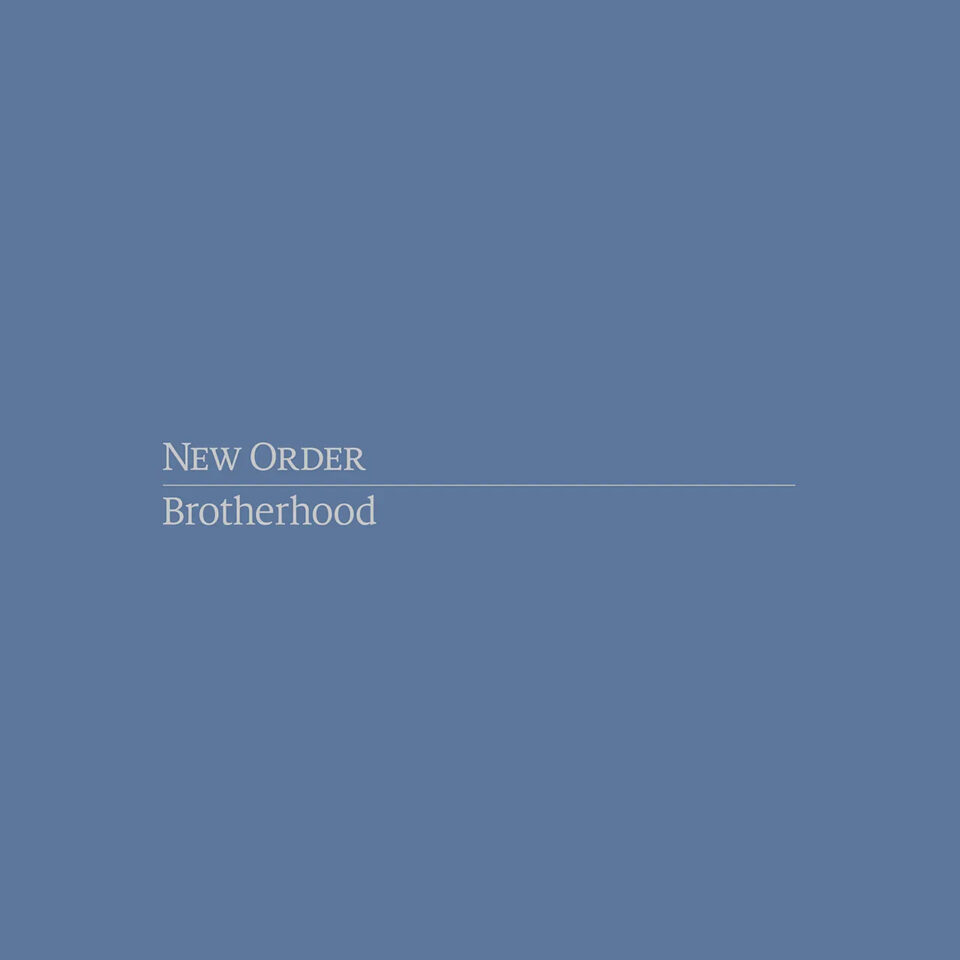Tormenting masked figures, desolately pulsating synths, warming bass riffs, maniacal drum fills, and unnerving strobe lights—the perfect cinematic backdrop for “Avoidance,” the latest single from the Calgary psych-pop post-punks Sunglaciers. The video, co-directed by the band’s Evan Resnik and graphic artist Ryan Kostel, feels a bit like something in the Halloween universe if it was directed by David Lynch. There’s a very unsettling quality to a group of musicians jamming in a stroboscopic high-rise while a masked assailant is stuck in a bedlam of sinister hallucination.
“‘Avoidance’ is loosely based on a story of someone who returns to his home to find he has been accused of some grave wrongdoing, and his lifelong friends refuse to associate with him,” explains Resnik.
It’s the second track on Sunglaciers’ upcoming sophomore LP, Subterranea, out via Mothland on March 25. The 13-song album was produced and mixed by band founders Resnik and Mathieu Blanchard with additional production by Chad VanGaalen. In the meantime, get lost with the “Avoidance” music video and read our short Q&A with Resnik below.
What was the vision behind the “Avoidance” music video?
The video takes us inside a nightmare, with the subject running back and forth through the hallways of his mind. He’s tormented by his friends and confronted by his own subconscious. The song itself deals with blame, culpability, and the severing of ties. The main character has these intense episodes, unsure if they are real or a hallucination. There’s nowhere to hide, nobody to turn to.
Having such heavy synth work mixed with fast drumming really creates this setting of escapism on many of the songs on Subterranea. It’s not a pandemic album, per se, but could you link many of the songs to that feeling of wanting to escape?
There are definitely a few songs on this record that I would consider pure escapism. We were writing all this new material in the early months of the pandemic, just a few months after touring our first LP. Thinking back on those recent memories, as well as all our 2020 plans that now hung in the air, made it easy to fantasize about a world other than the one we were in. At the same time, we were really excited and grateful that we had a space to go where we could create and experiment every day, and I think that energy comes through on the record too. We had all the time in the world to mess around and learn new things, hence the synth experimentation, batshit drumming, trumpets, warped violins, and all the rest!
Is “Subterranea” a reference to the underground world? Physically and mentally?
Totally. The record deals a lot with our perceptions of ourselves and the world, and how there’s so much going on under the surface of every decision, behavioral pattern, relationship, etc. On top of that we were spending hours and hours in this studio that felt like it was underground, even though it wasn’t—tons of long hallways and closed doors. There were typically lots of people coming and going, but Mathieu and I were the only people there for months.
What made you want to write a whole album switching out the traditional instrument setup?
We wanted to push ourselves into new sounds and arrangements. We had a lot of time to play with new creative approaches, learn new instruments, and get outside of our comfort zone. It’s fun to see how your existing creative tendencies will translate on an instrument that isn’t your primary one. Sometimes a melody or idea would get distilled down to a more direct, accessible form. You’re forced to simplify and improvise a little more. A lot of guitars still found their way into the recordings; we still love to rock. But changing these roles around, we were able to push ourselves creatively while retaining some of the elements that make Sunglaciers a unique project. We were also listening to tons of Eno, BEAK>, and McCartney II at the time. Paul McCartney, Miles Davis, and Jeff Parker—I think we spun their records every day before and after our sessions.
Could you go more into what the recording process of Subterranea was like during the first pandemic lockdown in Canada?
We would meet at the studio, Mathieu and I, and just start hammering out new ideas. We would play around with one idea at a time, for an hour or more, and just keep refining for days or weeks until we got what we wanted. We did this for 25 song ideas or something. Once the basic structures were laid out and agreed on, we tracked the drums first. After that, the main melody would go in and then we brought Kyle [bassist] in for his parts. From there we just let the songs evolve naturally, bringing in some collaborators along the way (Laura Reid, Louis Cza, Helen Young, Jennifer Crighton).
We set aside a month where we stopped producing music and wrote lyrics or re-worked stuff I had started. Somewhere in that process we would share the songs with Chad [VanGaalen], and so we’d have his crazy ideas piling into these songs at the same time. He’s a super creative guy, it was exciting! Mathieu is also a sponge for knowledge and was powering through all these recording and mixing textbooks, learning new techniques and applying them on the fly.


